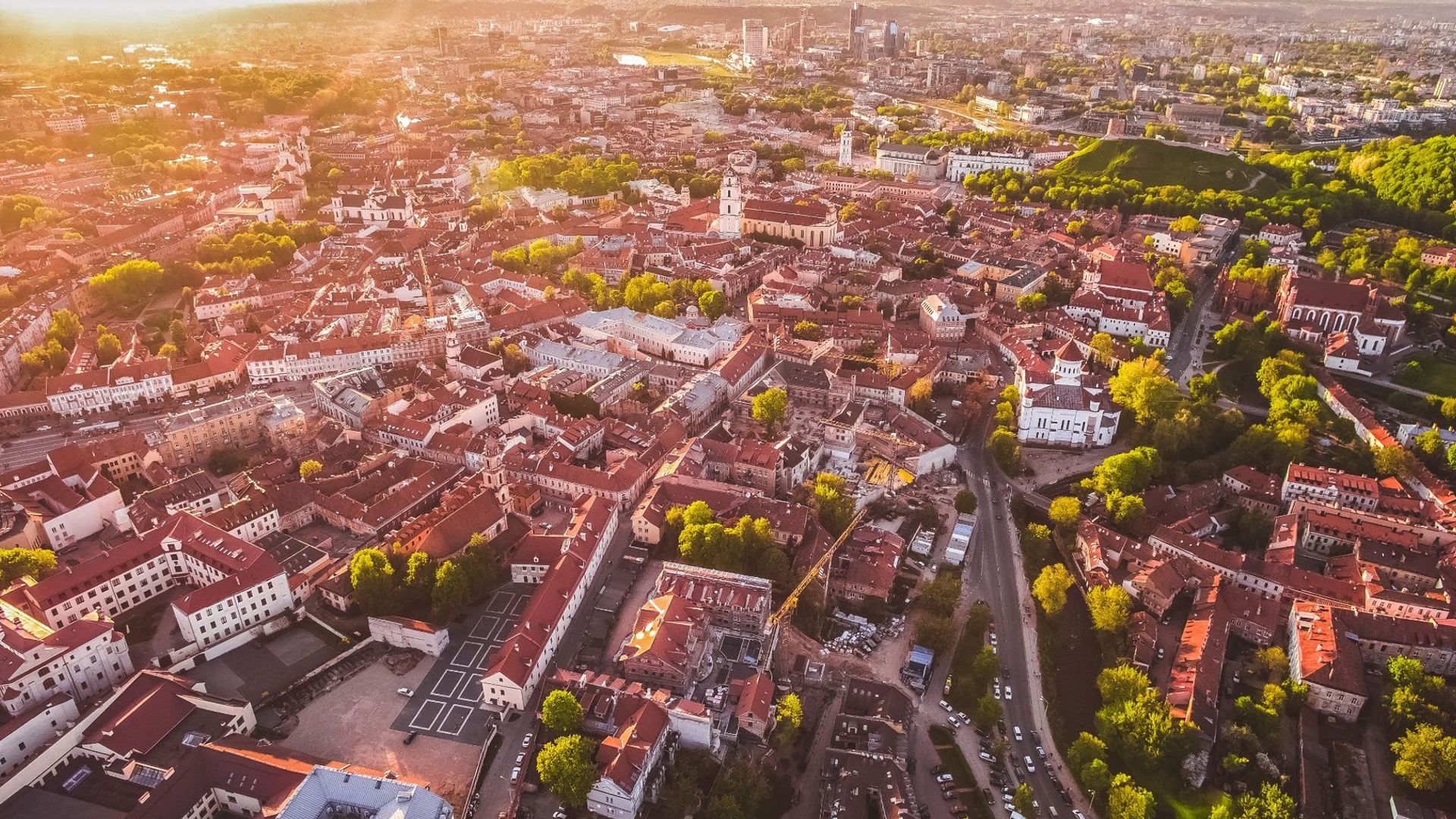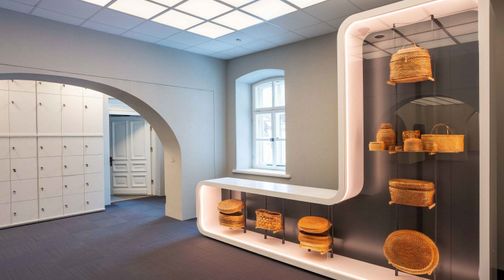
Vilnius is the most easterly capital in Central Europe. For over six centuries, the city has grown at the crossroads of Eastern and Western cultures. It boasts one of the largest medieval old towns in Europe, covering 359.5 hectares with 112 quarters that preserve the street layout and urban structure typical of the Middle Ages. Vilnius is a harmonious blend of Gothic, Renaissance, Baroque, and Neoclassical architecture. The streets and buildings bear the imprints of Lithuanian, Jewish, Polish, Russian, German, Belarusian, Karaim, and Tatar life in Vilnius.
In 1994, the historic center of Vilnius was included in the UNESCO World Heritage List as an outstanding example of a Central European city.
Points of interest
231
Food
392
Accomodation
156
Loading...
©2025 trip.lt





















